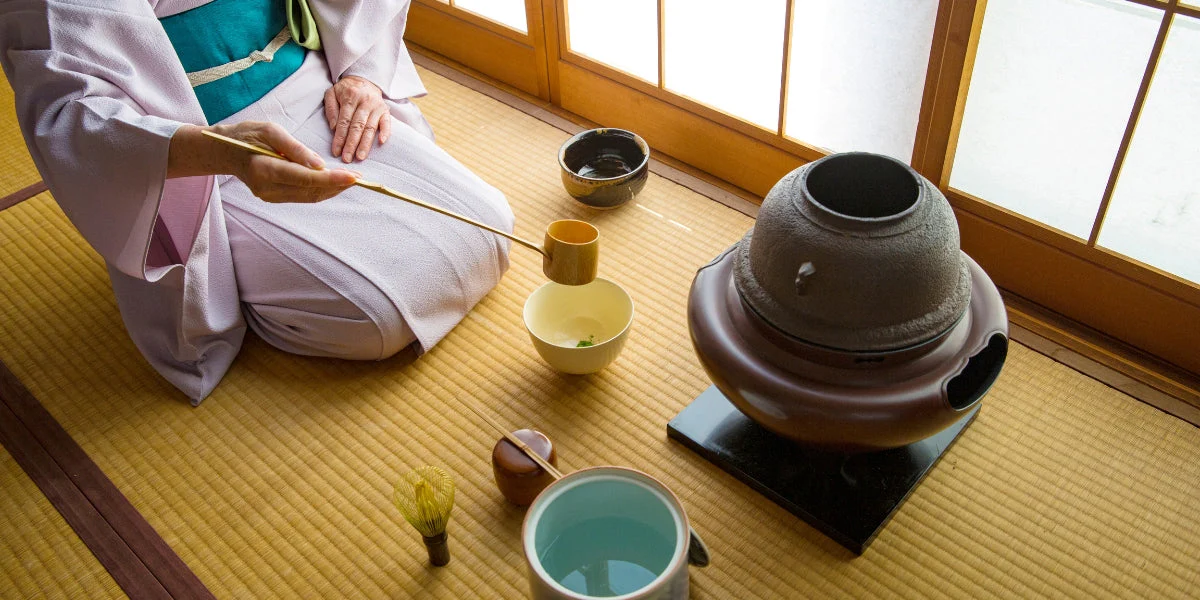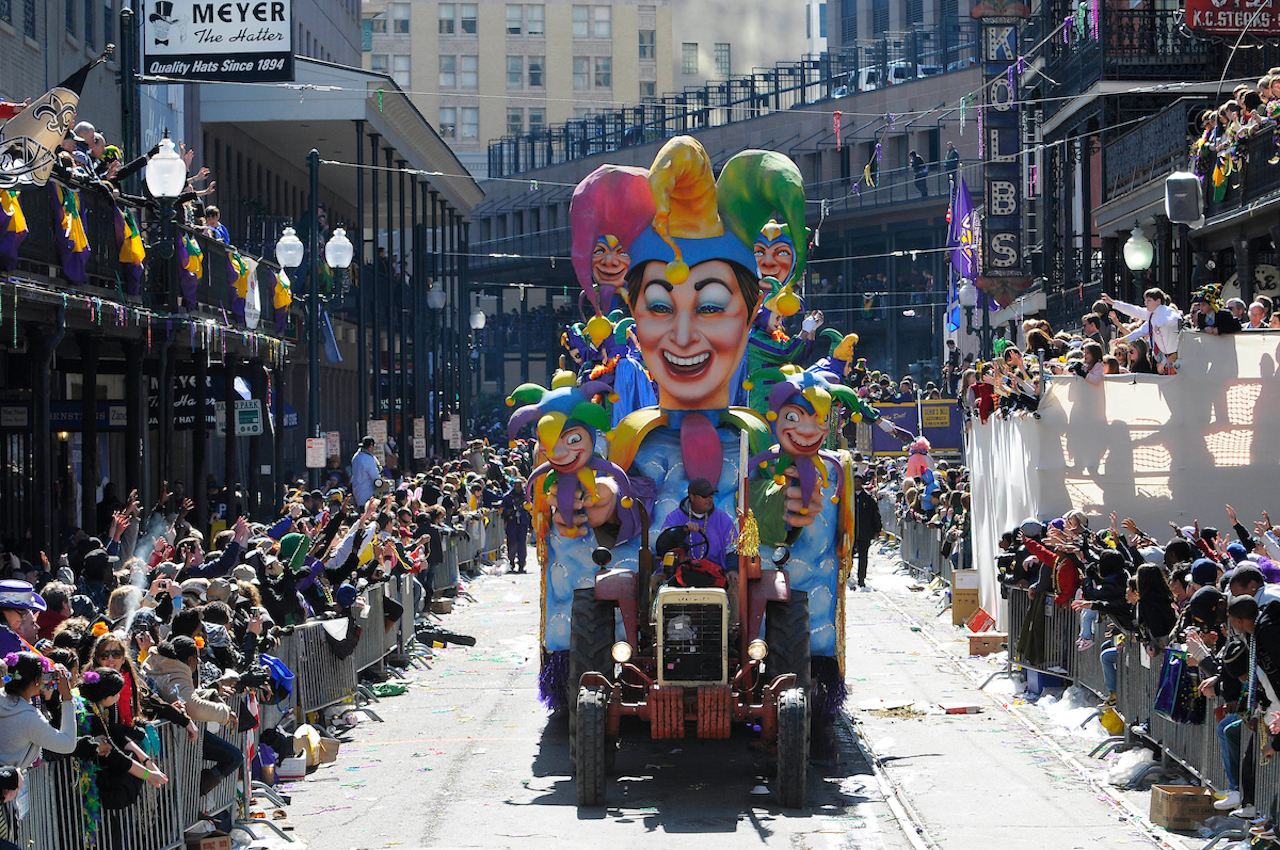pokomde.info – Chinese opera is one of the oldest and most distinctive forms of traditional theater in the world. Dating back over a thousand years, it combines singing, acting, dance, music, and acrobatics into an expressive and symbolic art form. Chinese opera is not just a performance—it’s a profound cultural experience that reflects China’s history, philosophy, and artistic tradition. As a cultural treasure, it has evolved through centuries to become a key symbol of Chinese heritage.
The Origins of Chinese Opera
The roots of Chinese opera can be traced back to the Tang Dynasty (618–907 AD) when emperors established performance arts schools to train actors and musicians. However, it was during the Song Dynasty (960–1279 AD) that opera began to develop more structured forms, incorporating elaborate costumes and more complex storylines.
Over time, different regions of China developed their own unique styles of opera, each with distinctive characteristics in terms of music, language, and performance techniques. By the Qing Dynasty (1644–1912), Chinese opera had become a well-established art form, particularly in cities like Beijing.
Beijing Opera (Peking Opera): The Most Famous Style
The most famous and widely recognized form of Chinese opera is Beijing Opera (also known as Peking Opera). It emerged in the late 18th century and became especially popular during the Qing Dynasty. Beijing Opera is known for its minimalistic stage settings and symbolic actions that represent complex scenes or ideas.
Key Elements of Beijing Opera:
- Elaborate Costumes and Makeup: Performers wear vividly colored, embroidered costumes that reflect the character’s status, role, and personality. The makeup is equally dramatic, using bold colors to convey traits. For example, a red face symbolizes loyalty and bravery, while a white face represents treachery or deceit.
- Distinctive Vocal Style: Beijing Opera has a unique singing style, often using high-pitched, falsetto voices. The vocal delivery is more stylized and melodic than in Western operas, and the lyrics are written in classical Chinese, making the language formal and poetic.
- Music and Instruments: The orchestra accompanying the opera is made up of traditional Chinese instruments, such as the erhu (two-stringed fiddle), pipa (lute), and gongs. These instruments create rhythmic and atmospheric soundscapes that enhance the drama on stage.
- Symbolic Movements and Gestures: Actions are not always literal in Chinese opera. For example, a character riding a horse may simply mimic the action using a whip while walking in a circle. Movements are carefully choreographed and represent everything from emotions to physical actions such as fighting or traveling.
Other Popular Regional Styles of Chinese Opera
While Beijing Opera is the most well-known, China is home to many other regional forms of opera, each with its own unique traditions:
- Kunqu Opera: One of the oldest forms of Chinese opera, originating in the Ming Dynasty (1368–1644). Known for its graceful and elegant style, it emphasizes poetry and refined performance techniques. Kunqu Opera was inscribed as a Masterpiece of the Oral and Intangible Heritage of Humanity by UNESCO in 2001.
- Yue Opera: Originating from Zhejiang province, Yue Opera is popular in southern China and is known for its romantic themes and melodic singing. Unlike Beijing Opera, Yue Opera often features female performers in both male and female roles.
- Cantonese Opera: A popular style in the southern regions, particularly in Guangdong and Hong Kong. Cantonese Opera is known for its vibrant performances, martial arts choreography, and lively music. The plots often focus on historical events, folklore, and legendary heroes.
The Art of Face Painting (Lianpu)
One of the most iconic aspects of Chinese opera is the face painting or lianpu. Different colors and patterns are used to signify the traits and roles of various characters. Each design is highly symbolic:
- Red: Loyalty, courage, and devotion.
- Black: Integrity and straightforwardness.
- White: Cunning and treachery.
- Green: Impulsiveness and wildness.
The face painting in Chinese opera is an art form in itself, transforming actors into visually striking characters and helping the audience understand their personalities and roles in the story.
Storylines and Themes
Chinese opera stories are often drawn from classical Chinese literature, folklore, and historical events. The themes range from heroic battles and legendary romances to moral dilemmas and philosophical reflections. Common stories include famous Chinese novels like Journey to the West, Romance of the Three Kingdoms, and The Legend of the White Snake.
Unlike Western opera, which often focuses on individual emotions and personal relationships, Chinese opera frequently explores themes of duty, loyalty to family or country, and the triumph of good over evil. The storytelling is rich with Confucian values, such as respect for authority, filial piety, and ethical conduct.
The Role of Martial Arts in Chinese Opera
Many forms of Chinese opera, especially Beijing Opera, incorporate martial arts and acrobatics into the performances. These action-packed sequences add a dynamic layer to the storytelling, particularly in historical dramas and tales of warriors. Actors undergo rigorous physical training to perform these feats, often performing complex stunts and choreographed combat scenes without the use of elaborate stage props.
The Cultural Significance of Chinese Opera
Chinese opera has been a cornerstone of Chinese culture for centuries. It serves as a medium for preserving Chinese values, history, and storytelling traditions. It also provides insights into the spiritual and moral beliefs of Chinese society. Many operatic performances carry lessons about honor, loyalty, sacrifice, and the importance of maintaining balance and harmony in life.
Chinese opera has not only influenced the performing arts within China but also has had a global impact. Performances are staged all around the world, allowing people from different cultures to appreciate this unique art form.
Modern Adaptations and Future of Chinese Opera
In recent years, Chinese opera has undergone significant modernization to appeal to contemporary audiences, including the incorporation of modern technology, lighting, and sound effects. While traditional forms still hold significant cultural importance, new interpretations of opera are being explored by blending Western theatrical elements with traditional Chinese storytelling.
This evolution ensures that while Chinese opera remains rooted in ancient tradition, it continues to grow and resonate with future generations.
Conclusion
Chinese opera is a fascinating and intricate art form that embodies the spirit, history, and values of Chinese culture. Whether it’s the majestic singing, the captivating visual artistry of costumes and makeup, or the graceful movements, Chinese opera offers a deep and immersive cultural experience. As a living tradition, it connects audiences to centuries of Chinese history and continues to enchant both locals and global audiences alike with its beauty and timeless relevance.








